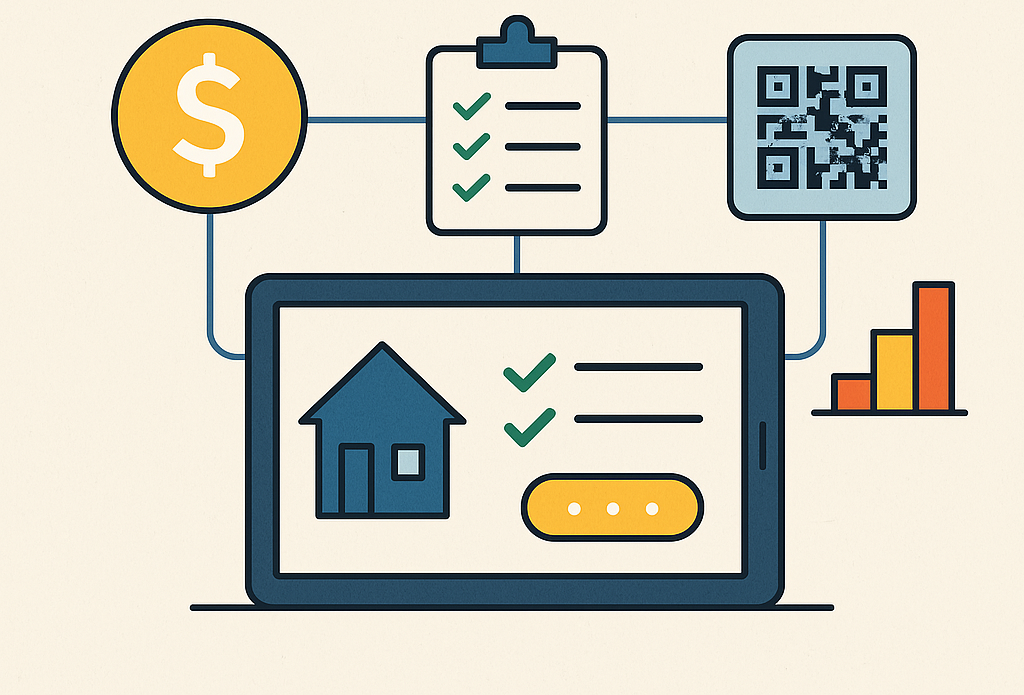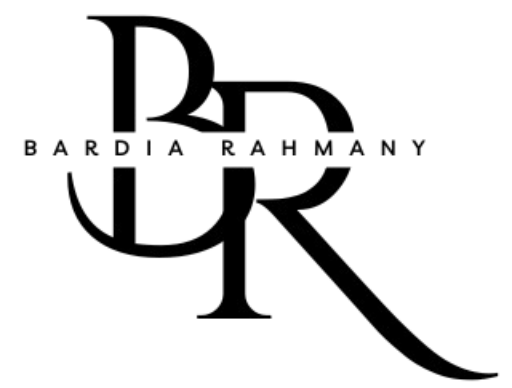
The Future of Property Management Software: Creativity, Connectivity, and the Quiet Revolution Behind the Scenes
Property management used to be a game of spreadsheets, paperwork, and phone calls at odd hours. But today, we’re seeing a renaissance — a quiet but powerful shift in how properties are managed, tenants are served, and operations are scaled.
At the heart of this evolution? Property Management Software (PMS) — but not the rigid, one-size-fits-all platforms of the past. The future is modular, creative, interconnected, and surprisingly human.
Let’s dive into what’s changing — and how certain platforms are cleverly solving problems even property managers didn’t know they had.
What Is PMS, Really?
PMS stands for Property Management Software — a digital tool designed to help landlords, real estate firms, and property managers handle operations like:
- Rent collection
- Tenant communication
- Maintenance requests
- Booking and reservations
- Financial reporting
- Compliance and documentation
Traditionally, PMS focused on rental properties. But with the explosion of short-term rentals, co-living spaces, and hybrid office/residential models, PMS has had to evolve.
Creativity Meets Control: The New Standard for Property Management
Modern PMS isn’t just about automation; it’s about customization.
Property owners are now branding their spaces like boutique hotels. Think dynamic check-in flows, personalized tenant dashboards, mobile-first design, and embedded services like concierge or smart entry. Your PMS should reflect that same creativity.
Creative PMS software now allows for:
- White-labeled tenant portals
- API integrations with IoT devices (smart locks, cameras, thermostats)
- Branded mobile apps
- In-app marketing for upsells (laundry, cleaning, pet services)
It’s no longer just about management. It’s about experience.
Automation That Feels Personal
The best automation feels invisible — it just works.
Today’s PMS platforms can:
- Trigger welcome messages when a tenant signs a lease
- Automatically assign and escalate maintenance tasks
- Nudge tenants on due dates with friendly, human-sounding reminders
- Provide detailed analytics on tenant behavior, unit performance, and seasonal trends
In fact, some landlords using AI-powered automation have seen a 25–30% increase in lease renewals, simply by being more responsive and consistent with communication.
Integration Is the Real Superpower
This is where it gets interesting.
You might have the best PMS in the world — but if it doesn’t talk to your accounting software, booking engine, or even your parking management system, you’re adding friction.
This is where seamless tools like QR Parking come into play.
Imagine this: A guest books your short-term unit. Their check-in info is synced with your PMS, which automatically logs their vehicle. They receive a QR code that gives them timed access to the parking space — no calls, no keys, no confusion. You save time, reduce error, and improve guest satisfaction.
It’s not magic. It’s good integration.
Mobility, Accessibility, and QR Codes
Modern property managers are rarely sitting behind a desk. They’re on-site, on-the-go, or managing multiple buildings remotely.
That’s why PMS platforms are becoming mobile-first.
QR codes are a subtle but powerful part of this trend. Not just for parking (though QR Parking is a stellar example), but for:
- Logging maintenance entries
- Secure deliveries
- Verifying cleaning staff
- Granting guest access without a key
QR tech, once seen as a novelty, is now central to frictionless property experiences.
Data That Tells a Story
The most innovative PMS tools now offer predictive analytics.
You’re no longer just looking at what happened — you’re being shown what’s likely to happen next:
- When a tenant might churn
- Which units need pricing adjustments
- Maintenance patterns that predict major repairs
- Best months to list vacant units
When PMS becomes your strategic partner, not just your digital assistant, you gain an edge.
Hidden ROI: The Silent Wins You Didn’t Expect
It’s not always the flashy features that change the game.
Sometimes, it’s that your building is quieter because maintenance is preventive. Or that tenants don’t complain because payments are on autopilot. Or that you don’t get emails at midnight because guests had zero issues parking, checking in, or accessing Wi-Fi.
These small wins — like those provided by integrations with systems like QR Parking — add up. They protect your time, your brand, and your peace of mind.
So… Where Is All This Headed?
Here’s the thing:
Property management is no longer about properties. It’s about people, platforms, and possibilities.
The landlords who win in the next 5 years won’t necessarily have the best buildings — they’ll have the best systems. Systems that scale. Systems that speak. Systems that evolve with tenants’ needs.
And if those systems can help you manage a parking lot with the same grace it handles your leases? Even better.
Final Thoughts from Bardia Rahmany
I’ve watched the real estate and tech spaces converge for years — but what we’re seeing now is different. The future isn’t just software; it’s invisible infrastructure that makes real-life interactions simpler, smarter, and more human.
Whether you’re managing ten units or ten thousand, your PMS should feel like a co-founder — not a clunky database.
And if it can help you manage a parking lot with the same elegance it handles your leases? That’s when you know you’re future-ready.
Helpful Links:

Leave a Reply